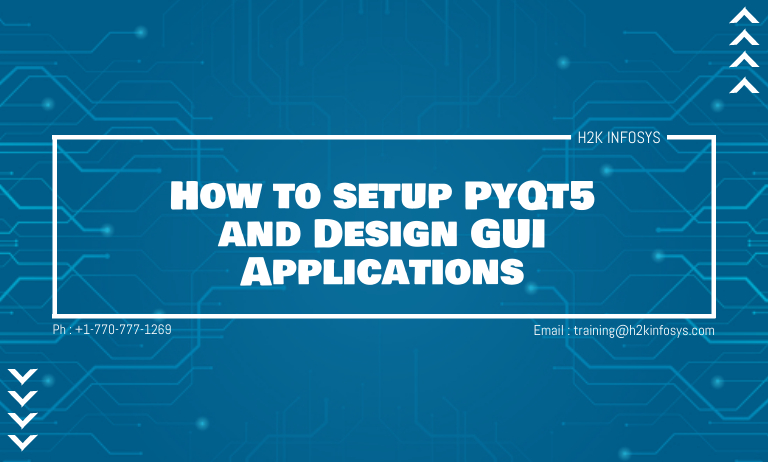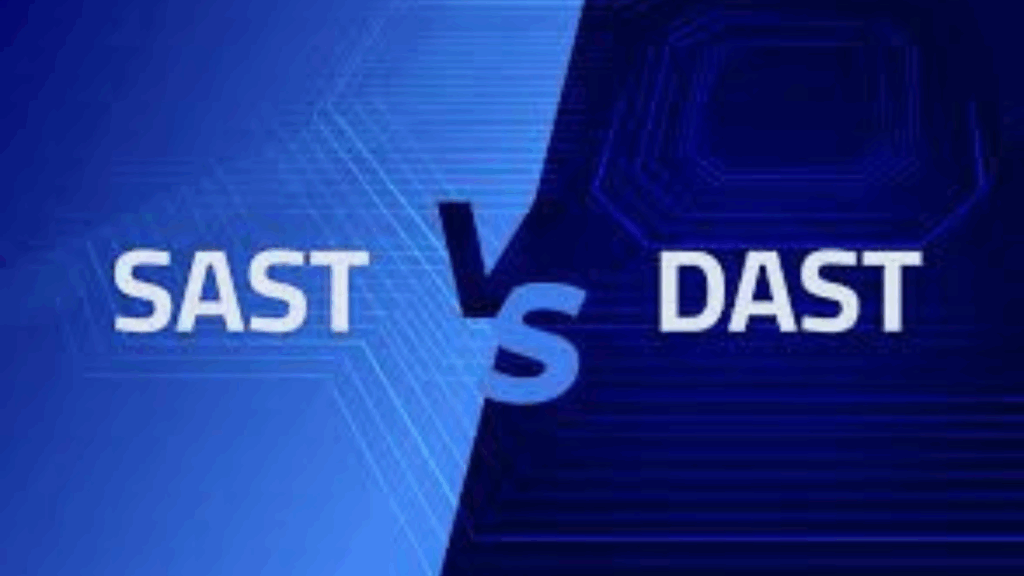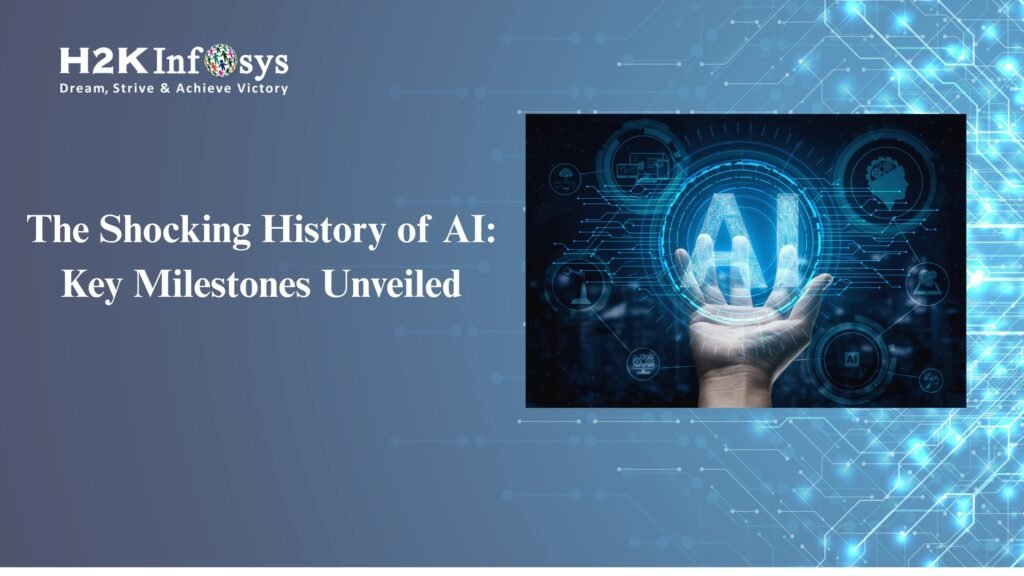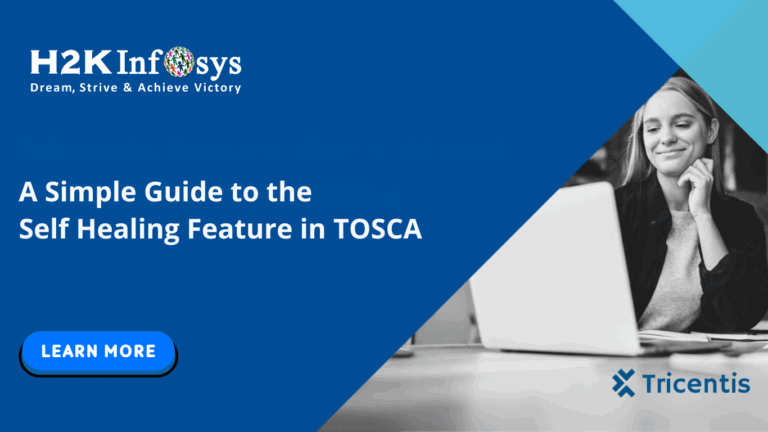Introduction
Python is a versatile programming language widely used in various domains, from web development to artificial intelligence. One of its powerful libraries, PyQt5, allows developers to create stunning graphical user interfaces (GUI). Whether you are an aspiring software developer, a data analyst, or an automation engineer, learning GUI design can significantly enhance your skill set.
Graphical interfaces are essential for software usability, as they enable users to interact with applications visually rather than through the command line. simplifies GUI creation by providing a robust set of tools and widgets, making it easier to develop professional applications quickly.
With the growing demand for Python developers in fields like finance, healthcare, and cybersecurity, mastering that can help you stand out in the job market. Whether you want to build desktop applications, automation tools, or data visualization dashboards, It provides the flexibility needed to create customized solutions.
In this guide, we will walk you through setting up to designing GUI applications from scratch. By the end, you will be equipped to build interactive desktop applications using. If you are looking for structured guidance, enroll in an Online Class For Python at H2K Infosys, where you can learn Python online with expert-led training.
Why Choose PyQt5 for GUI Development?
It is a set of Python bindings for the Qt application framework, widely used to develop cross-platform desktop applications. Here’s why it is an excellent choice for GUI development:
- Cross-Platform Compatibility: Runs seamlessly on Windows, macOS, and Linux.
- Rich Widgets and Components: Provides a vast collection of ready-to-use widgets.
- Highly Customizable: Allows full control over UI design and styling.
- Object-Oriented Programming (OOP) Approach: Facilitates modular and reusable code.
- Industry Adoption: Used in applications like Autodesk Maya and VLC Media Player.
If you’re considering an online training Python course, learning it can Open Doors to career opportunities in desktop application development.
Setting Up PyQt5
Before designing GUI applications, you need to install the on your system. Follow these steps:
1. Install Python
Ensure you have Python installed on your system. If not, download and install the latest version from Python.org.
To verify Python installation, open the terminal (or Command Prompt) and type:
python --versionIf Python is installed correctly, you will see the installed version number displayed.
2. Install PyQt5 and Qt Designer
It can be installed using pip:
pip install PyQt5 PyQt5-toolsThis command installs the required to modules along with Qt Designer, a graphical tool for designing UI layouts.
3. Verify Installation
Once installed, check if it is available by running:
import PyQt5.QtWidgets
print("PyQt5 is installed successfully!")If no errors occur, It is ready to use!
4. Install Additional Development Tools
To enhance your development experience, consider installing additional tools:
- PyCharm or VS Code: Advanced IDEs that support development.
- pyuic5: A command-line tool to convert UI files created in Qt Designer to Python code.
- pyinstaller: A tool for packaging PyQt5 applications into executable files.
Designing Your First GUI Application with PyQt5
Let’s create a simple GUI application using.
Step 1: Create a Basic PyQt5 Window
Create a new Python script (main.py) and add the following code:
from PyQt5.QtWidgets import QApplication, QWidget
import sys
class MyApp(QWidget):
def __init__(self):
super().__init__()
self.setWindowTitle("My First PyQt5 App")
self.resize(400, 300)
app = QApplication(sys.argv)
window = MyApp()
window.show()
sys.exit(app.exec_())Explanation:
QApplication: Manages application execution.QWidget: Base class for all GUI components.setWindowTitle(): Sets the title of the application window.resize(): Defines the initial size of the window.show(): Displays the application window.exec_(): Starts the event loop, ensuring the application remains responsive.
Run the script, and you will see a basic window appear.
Step 2: Using Qt Designer for UI Design
Instead of coding the UI manually, you can use Qt Designer to create the interface visually.
1. Launch Qt Designer
Open Qt Designer by running:
pyqt5-tools designer2. Create a New UI File
- Select Main Window and click Create.
- Drag and drop widgets (buttons, labels, input fields) onto the canvas.
- Adjust the widget properties using the property editor.
- Save the file as
mydesign.ui.
3. Convert UI File to Python Code
Use the pyuic5 tool to convert the UI file:
pyuic5 -x mydesign.ui -o mydesign.pyNow, mydesign.py contains the Python equivalent of your UI design.
Step 3: Integrating UI with Python Logic
Modify main.py to integrate UI with functionality:
from PyQt5.QtWidgets import QApplication, QMainWindow
import sys
from mydesign import Ui_MainWindow
class MyApp(QMainWindow, Ui_MainWindow):
def __init__(self):
super().__init__()
self.setupUi(self)
self.pushButton.clicked.connect(self.say_hello)
def say_hello(self):
self.label.setText("Hello, PyQt5!")
app = QApplication(sys.argv)
window = MyApp()
window.show()
sys.exit(app.exec_())Explanation:
setupUi(self): Loads the UI.self.pushButton.clicked.connect(self.say_hello): Connects button click to a function.say_hello(): Changes label text when the button is clicked.
Run the script, and clicking the button updates the label text.
With these enhancements, you will have a well-structured introduction and detailed setup guide for PyQt5, making it easier for learners to follow.
Real-World Applications of PyQt5
It is widely used across industries for developing applications such as:
- Banking Software: Many financial applications use PyQt5 for data visualization.
- Medical Applications: Used for medical imaging software and data management.
- Enterprise Tools: Custom internal tools for workflow automation.
A recent survey by Stack Overflow found that Python is the most sought-after language for enterprise applications, reinforcing the demand for PyQt5 skills.
Key Takeaways
- PyQt5 is a powerful Python framework for GUI development.
- Installing PyQt5 and Qt Designer is straightforward with pip.
- Qt Designer simplifies UI creation with a drag-and-drop approach.
- It is widely used in banking, medical, and enterprise applications.
- Learning if can enhance your Python Programming language certification.
Conclusion
Mastering PyQt5 opens up career opportunities in GUI application development. Enroll in our online class for Python at H2K Infosys to gain hands-on experience and elevate your programming skills!
































